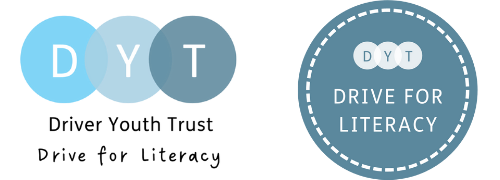Five charts the DfE didn’t want you to see
8/7/2019
The latest DfE data on special educational needs and disabilities has been released. DYT’s Karen Wespieser has done a deep dive into the data around literacy difficulties to find the charts that DfE didn’t want you to see.
The DfE summary report provides SEND data by primary type of need, however when it compares these needs, it does so within the category of ‘all pupils with SEND’. To get the bigger picture, we have stepped back and looked at this within the whole pupil population. We have also separated out primary and secondary because, as you will see, they are often very different.
-
The chart that shows SEND in primary and secondary have very different profiles

Following the update of the SEND Code of Practice in 2015 there was a significant drop in reported incidences in SEND. However, whilst incidences in secondary schools has continued to remain low, incidences in primary has risen until this year it is only 0.2 per cent lower than 2015.
-
The chart that shows small increases in SpLD in primary and small decreases in secondary

Incidences of specific learning difficulties (SpLD) the area where most literacy difficulties would be reported (if they are the primary area of need) ‘spiked’ in both primary and secondary in 2016 but since then they have continued to fall in secondary whilst there is a small increase in primary.
-
The chart that shows SLCN is rising

Across all pupils with SEND, the most common type of primary need is speech, language and communication needs, making up 22 per cent of all SEND pupils. When you look at this as a proportion of the whole pupil population you see a significant growth in primary schools with nearly a third more incidences in 2019 than in 2015.
-
The chart that shows a worrying trend in SEMH in primary schools

There have historically been more incidences of Social Emotional and Mental Health (SEMH) in secondary school than primary, but an increase of nearly 25% over the past four years has brought the percentage of incidences in primary significantly closer to the percentage of incidences in secondary schools.
-
The chart that shows that power of the DfE diktat

As well as the known primary areas of need, the DfE also list a category called ‘SEN support but no specialist assessment of type of need’. The No Specialist Assessment code (NSA) should only be used in those very rare instances where a pupil is placed on SEN support (Code ‘K’), but the school is still assessing what the primary need is.
During 2018, DfE clarified that a specialist assessment isn’t needed before a school can assign an area of primary need, and that NSA should not be used if school has a good idea of what the need is. This has resulted in this odd chart with significantly higher incidences of NSA between 2016 and 2018 and a massive reduction this year.
The natural next question therefore becomes… Is this a good thing? ‘Assessor’ for most conditions is a specialist level 7 qualification. What are the implications for accepting schools making this decision and what does it say about the state of the system that DfE are resigned to it?
Historically some LAs carried out random audits of a school’s SEND list where categories and the actual placement of learners on the list were scrutinised. This process supported reflection and dialogue between professionals to support SENCos in their decision making with regards to placing learners on the SEND list. With the demise of LA budgets, where are SENCos getting this support and guidance from? Are we moving to a system where SEND is more about the context of the setting than the needs of the learner?
At the end of the day, for the NSA category and for others, the data is only ever as good as the people who provide the information. The census is conducted on one day in January and only reports ‘primary area of need’. It masks co-morbidity and it masks SENCos or teachers perhaps not fully knowing pupil’s needs.
Looking at this over time, it will be interesting to watch what happens as these primary cohorts move into secondary education and to see if these increases at primary drive an overall increase in the proportion of the pupil population with an identified special educational need.
